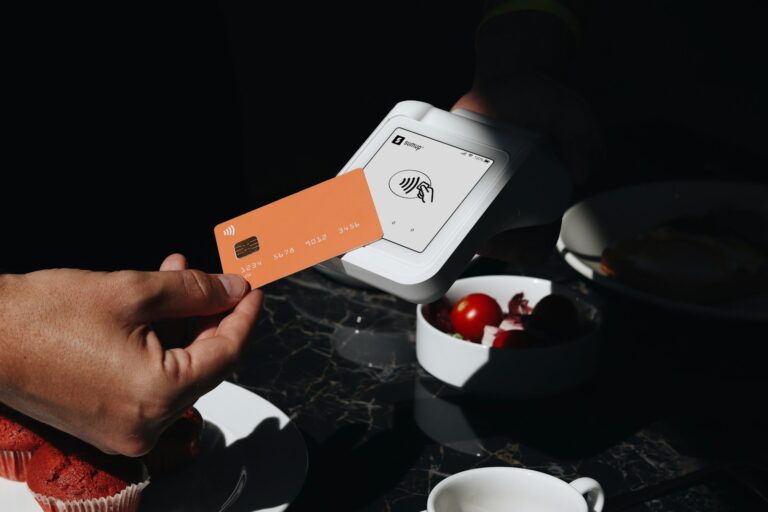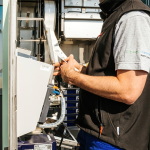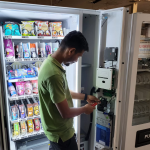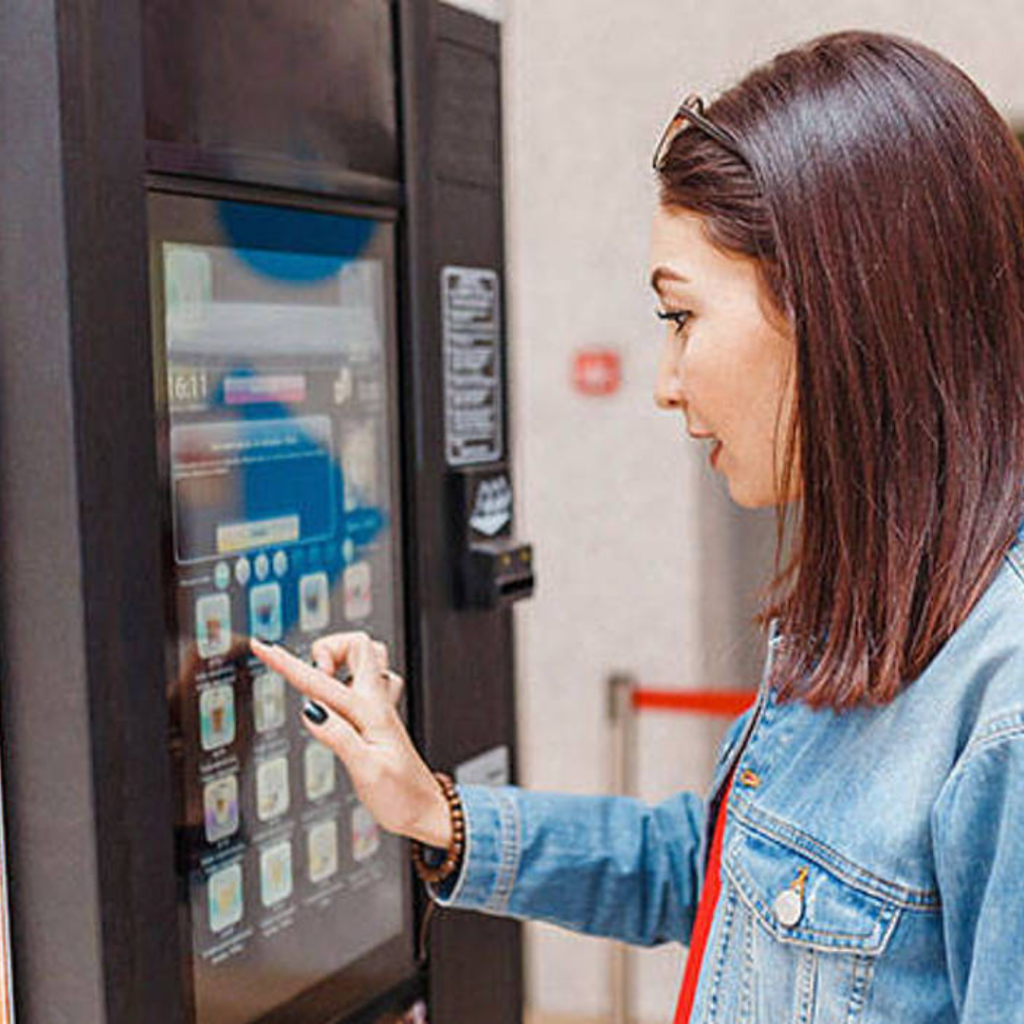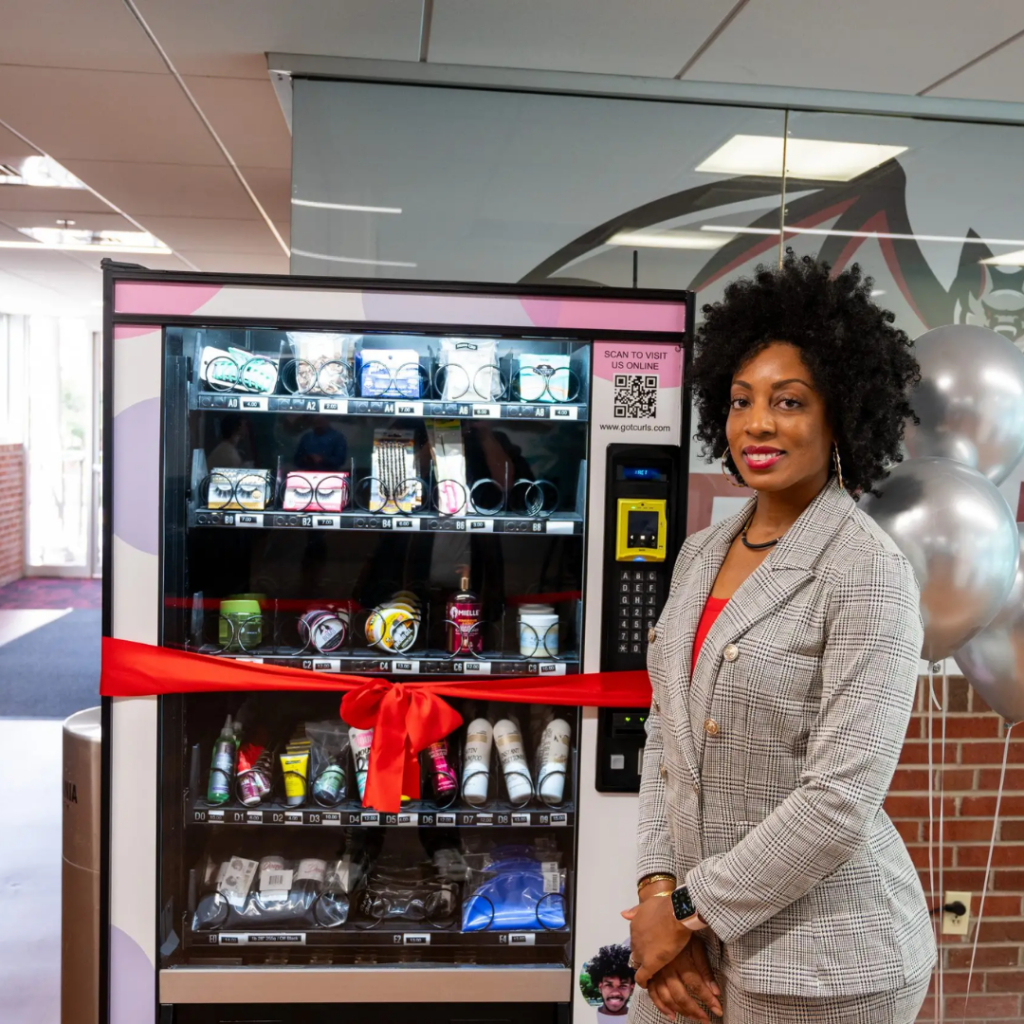The Price Tag: Decoding the Investment Cost of Vending Machines
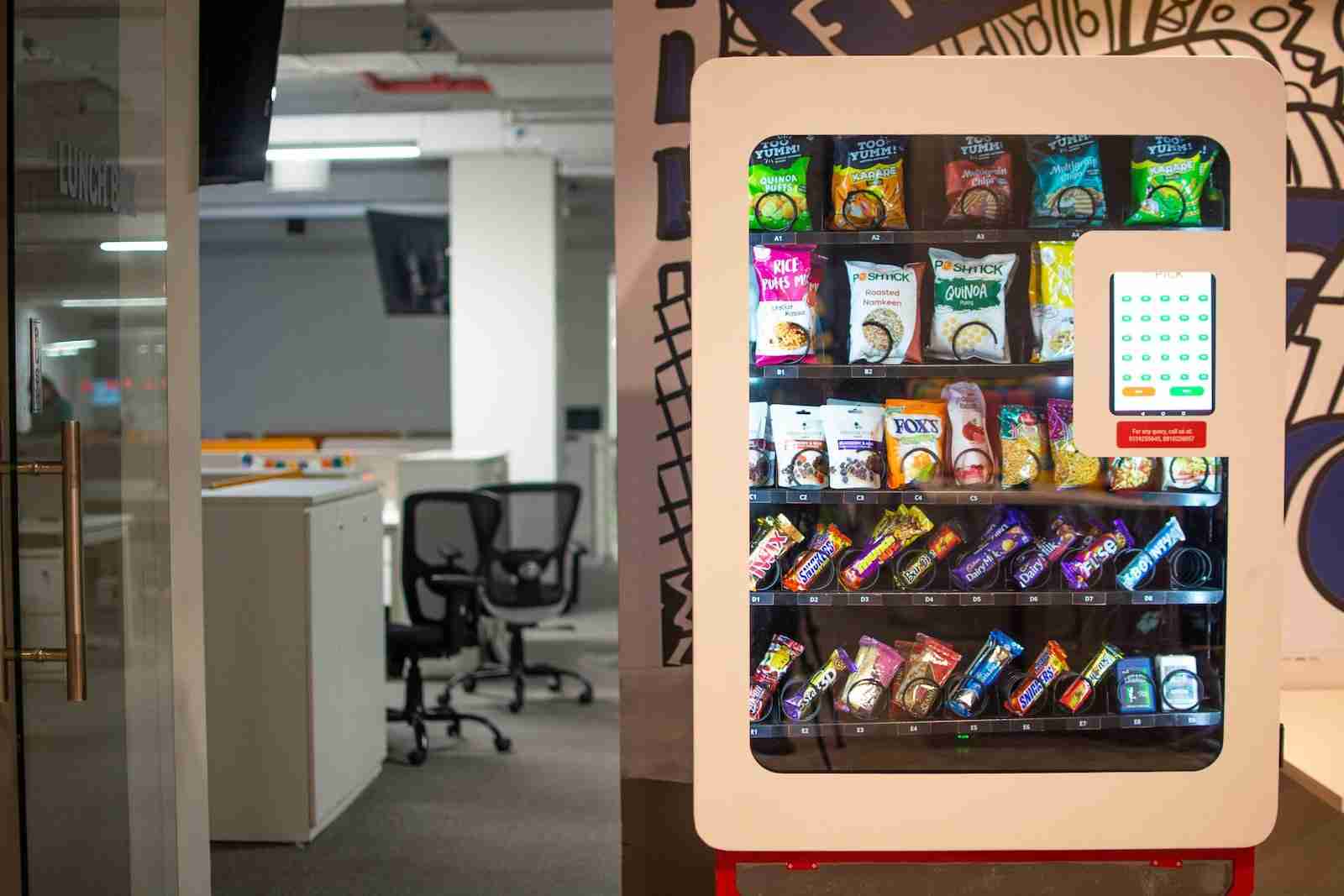
Vending Machine Cost is a critical aspect for entrepreneurs looking to venture into the vending business. Deciphering the myriad of factors that contribute to the overall expense can be overwhelming. From the type and condition of the machine to associated operational costs, it’s essential to understand these elements to ensure a profitable investment.
Introduction: The Scope of Vending Machine Cost
Vending machine investments offer a fascinating mix of passive income and direct sales. However, the initial “Vending Machine Cost” can be a significant factor that potential investors need to decipher. It’s not just about the machine’s price tag; various associated costs can influence the return on investment. By understanding these costs, investors can make informed decisions, ensuring a more sustainable and profitable vending venture.
Different factors like the machine type, its condition (new or used), location, and technological features contribute to the overall cost. In this comprehensive guide, we’ll delve deep into the world of vending machine investments, helping you decode the costs and make smart business choices.
Vending Machine Cost: A Look at Different Types
The vending world is diverse, with machines ranging from simple candy dispensers to advanced beverage or combo units. Each type comes with its pricing model. For instance, a standard snack machine might be cheaper than a specialized coffee vending unit because of the intricate technology the latter demands.
Features like refrigeration in beverage machines or advanced digital displays in modern units further escalate the costs. Size and capacity also play a role. Larger machines with a bigger product capacity might be pricier, but they also cater to a larger audience, balancing out the cost in terms of potential earnings.
Finally, some machines come with integrated technologies, such as credit card payment options or telemetry systems. These advancements, while improving the user experience, can add to the initial vending machine cost. It’s essential to weigh the added cost against the potential convenience and increased sales these features might bring.
New vs. Used: The Cost Dilemma
When venturing into the vending business, one of the initial decisions to make is whether to invest in a new machine or opt for a used one. New machines, straight out of the box, come with the latest features, lesser maintenance issues, and typically, a warranty. However, they also come with a steeper price tag.
On the other hand, used or refurbished machines can be a budget-friendly option. While they might lack the latest features and might come with some wear and tear, a well-maintained used machine can offer excellent value for money. It’s crucial to inspect used machines thoroughly, understanding any maintenance they might need or any potential issues.
Ultimately, the decision boils down to your budget, business goals, and risk appetite. Some entrepreneurs start with used machines, gradually upgrading to new ones as their business grows, allowing them to balance costs and quality.
Ancillary Costs: Beyond the Machine
When calculating the vending machine cost, it’s easy to overlook the expenses that aren’t directly associated with the machine’s purchase. These ancillary costs, however, can significantly influence the total investment. Installation charges, for instance, can add up, especially if the machine needs specialized setups or electrical work.
There’s also the cost of licenses or permits. Depending on the location and local regulations, vending business operators might need specific licenses to operate. Regular maintenance, repairs, and potential software updates for advanced machines also contribute to the long-term cost.
Additionally, insurance for your vending machine, to protect against theft, vandalism, or other damages, can be an added cost. While these might seem like small expenses individually, collectively, they can impact your business’s profitability. Hence, planning for these from the outset is crucial.
Location and its Influence on Vending Machine Cost
Location plays a pivotal role in determining the vending machine’s success. High-footfall areas like schools, offices, or transport hubs can drive more sales. However, such prime locations might also come with higher rental costs, affecting the machine’s overall ROI.
There’s a direct correlation between location and the type of machine that would be most suitable. For instance, a gym might benefit more from a beverage vending machine, while an office space might see more sales from a snack or coffee machine. Understanding the audience and their preferences for a particular location can help in making cost-effective decisions.
The duration of the lease or rental agreement also factors into the cost. Short-term rentals might offer flexibility but can be pricier in the long run. Negotiating a longer-term lease could result in savings, but it’s essential to be confident about the location’s viability.
Technology Integrations and Their Impact on Cost
Today’s vending machines are a far cry from the basic coin-operated models of the past. Modern machines boast of touchscreens, cashless payment options, and even remote inventory management systems. While these technological integrations enhance the user experience, they also impact the vending machine cost.
Features like mobile payment compatibility can attract a younger, tech-savvy audience, potentially driving more sales. However, they also require software updates and potential troubleshooting, adding to maintenance costs. The decision to invest in technologically advanced machines should be backed by thorough market research to ensure the target audience values and uses these features.
Beyond the initial cost, technology can also play a pivotal role in reducing operational costs. For instance, machines with telemetry can send alerts for restocking, ensuring the machine is never empty and always ready for sales, maximizing profitability.
Financing Options: Making the Investment Feasible
Diving into the vending business, especially with multiple machines, can be a hefty upfront cost. Fortunately, various financing options can ease this burden. From traditional bank loans to specialized vending machine financing solutions, entrepreneurs have a plethora of choices.
Opting for financing can spread out the vending machine cost over a period, making it more manageable. However, it’s essential to factor in interest rates and any potential fees. Leasing is another option, allowing operators to rent a machine for a period instead of buying it outright. While this eliminates the upfront cost, there might be long-term costs to consider.
Whether you opt for a loan, lease, or an outright purchase, it’s essential to work out the numbers. Understanding the monthly expenses, potential earnings, and the break-even point can help in choosing the most cost-effective financing option.
Operational Expenses: Daily Running Costs
While the machine’s purchase or lease forms a significant chunk of the expenses, daily operational costs also play a role in determining profitability. These include electricity bills, especially for machines that require cooling, restocking expenses, and any routine maintenance.
Ensuring efficient operations can help in managing these expenses. For instance, choosing energy-efficient machines or optimizing the restocking schedule to reduce transportation costs can lead to savings. It’s also crucial to factor in potential downtimes, especially if the machine requires repairs, as these can affect daily earnings.
Regularly reviewing and optimizing operational expenses, even after the business is up and running, can ensure sustained profitability. This might involve renegotiating supplier contracts, switching to more cost-effective products, or even relocating a machine to a more profitable spot.
Brand and Customization: Personalizing Your Machine
Branding isn’t just for big corporations. Even in the vending machine world, a strong brand identity can drive customer loyalty and trust. This might involve custom designs, logos, or unique machine skins that resonate with your brand’s ethos. While these customizations add to the vending machine cost, they can also set your machine apart in a crowded location.
For machines in spaces like schools or corporate offices, branding can also involve tie-ups. For instance, a machine branded with a popular energy drink logo can attract more attention and sales. However, such collaborations might come with their terms and conditions, affecting product choices and pricing.
Investing in branding and personalization can offer tangible returns in terms of customer loyalty and recall. However, it’s crucial to ensure that the brand messaging aligns with the target audience and the location to maximize its impact.
Conclusion: Making an Informed Decision on Vending Machine Cost
The vending machine business, like any other, comes with its set of challenges and rewards. Understanding the nuances of the vending machine cost – both upfront and operational – can set entrepreneurs on a path to profitability. It’s not just about choosing the cheapest machine but about making informed decisions that balance cost, quality, and potential returns.
By considering factors like machine type, location, technological features, and branding, and by planning for ancillary and operational costs, one can make the most of their investment. In the dynamic world of vending, where consumer preferences and technologies are continually evolving, staying informed and adaptable is key. Here’s to making smart choices and watching your vending venture grow!

